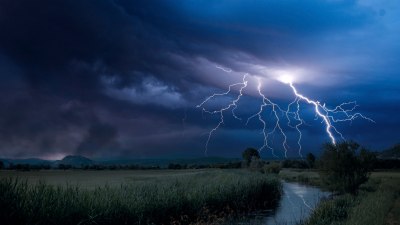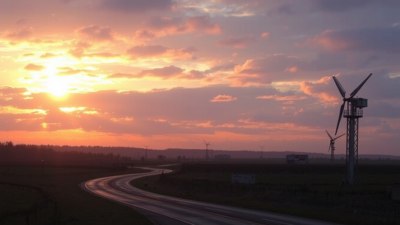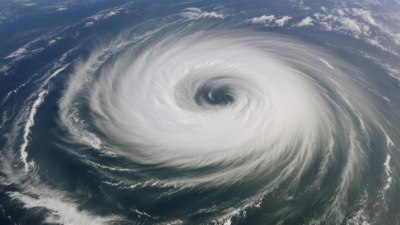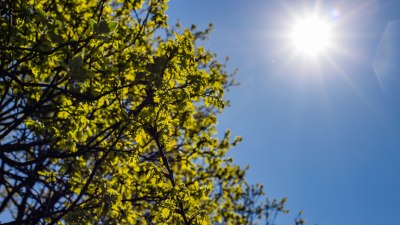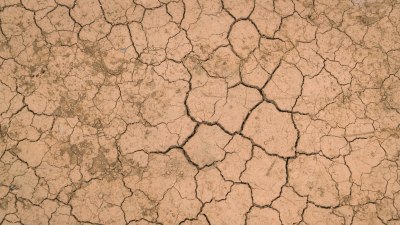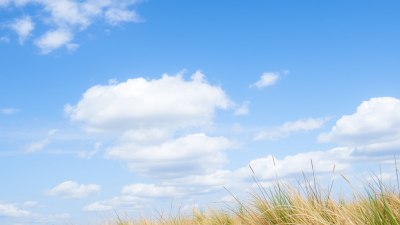How to Predict a Storm by Watching Animals
Learn how observing animals can help predict storms and weather changes.
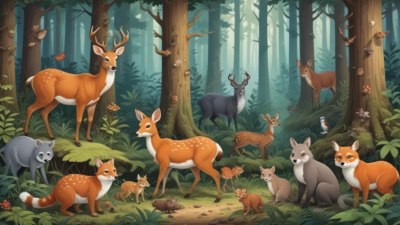
This image was created with the assistance of Freepik
Throughout history, humans have relied on nature's signs to predict weather changes, particularly storms. One such method involves observing animal behavior, as many creatures have an innate ability to sense impending changes in the environment. This article explores the fascinating world of animal behavior and its connection to storm prediction.
The Connection Between Animals and Weather
Animals instinctively respond to environment changes, often showing signs before human technology can detect them. This ability is linked to their enhanced senses, allowing them to perceive shifts in air pressure, humidity, and other atmospheric conditions. Understanding these behaviors can provide insights into impending storms.
Many species exhibit unique behaviors prior to storms. For example, birds often fly low to the ground when a storm is approaching, as they sense the pressure changes. Similarly, dogs may become restless or anxious, indicating a shift in the weather. Understanding these signs can enhance our storm prediction capabilities.
Birds are particularly notable indicators of approaching bad weather. Their talent for sensing changes in air pressure allows them to react swiftly. Observing birds can provide valuable early warning signs. For instance, if they suddenly start to roost earlier than usual or seek shelter, this can signal an oncoming storm.
Dogs, cats, and other mammals also exhibit signs of anxiousness when a storm is near. Many pet owners report that their animals behave differently, often becoming agitated or seeking shelter. This behavior is attributed to their acute senses picking up on shifts in the environment associated with approaching storms.
Interestingly, insects also play a role in storm prediction. Certain species, such as ants and bees, exhibit distinct behaviors before a storm. For example, ants may build up their mounds or retreat underground, while bees tend to hive earlier than usual. Observing these changes can provide additional weather prediction insights.
Reptiles and amphibians behave differently but can also signal impending storms. Frogs often croak loudly before rain, indicating high humidity levels. Turtles may retreat into their shells when they sense pressure changes, offering another behavioral cue to watch for.
In the aquatic world, fish can sense changes in barometric pressure, causing them to alter their feeding habits. Fishermen often note that fish can be less active before a storm, as they remain close to the bottom. Observing the behavior of fish can aid in anticipating storm onset.
To effectively use animal behavior for storm prediction, it’s essential to pay attention to local species and their particular habits. Keeping a journal of observed behaviors can help identify patterns related to storm predictions. By combining these observations with traditional meteorological data, one can enhance their ability to predict storms.
While many people believe in the accuracy of animal signals, scientific explanations exist for why animals can predict storms. Changes in weather can affect animal senses, leading to behavioral changes. Researchers have studied this phenomenon, looking into how animals detect minute changes in their surroundings.
However, forecasters emphasize the importance of combining animal behavior with official weather forecasts. While animals can provide signs, they do not replace advanced weather technology. Human awareness of these cues can enhance safety and preparedness.
Historically, various cultures have relied on animal behavior to predict storms. Folklore and legends often detail specific behaviors associated with weather changes, adding a rich tapestry to storm prediction methods. These stories are a testament to our long-standing relationship with nature and its ability to communicate.
To start observing animal behavior for storm prediction, one should spend time outdoors in various settings. Taking note of how animals react to weather changes can provide valuable insights. Understanding local wildlife and their behaviors is crucial, as different species may exhibit varied responses to environmental shifts.
Keeping a log of animal behaviors during specific weather events can help develop a personal understanding of storm prediction. Note the time, type of animal, and behavior observed. Over time, patterns may emerge, leading to greater insight into local weather patterns.
While animal behavior can be a valuable indicator, it’s essential to acknowledge its limitations. Not all animal behaviors are linked to weather changes, and variations in climate can lead to different responses. Additionally, some behaviors may not be consistent across different regions or species. Combining multiple signs with official forecasts is key to enhancing prediction accuracy.
In conclusion, observing animal behavior provides a fascinating avenue for storm prediction. From birds to mammals, each species contributes valuable insights into environmental changes. While these observations should complement traditional weather forecasts, they represent a connection to nature that we should embrace and respect. Understanding these signals can enhance our preparedness and response to harsh weather conditions, allowing for a better coexistence with the natural world.
